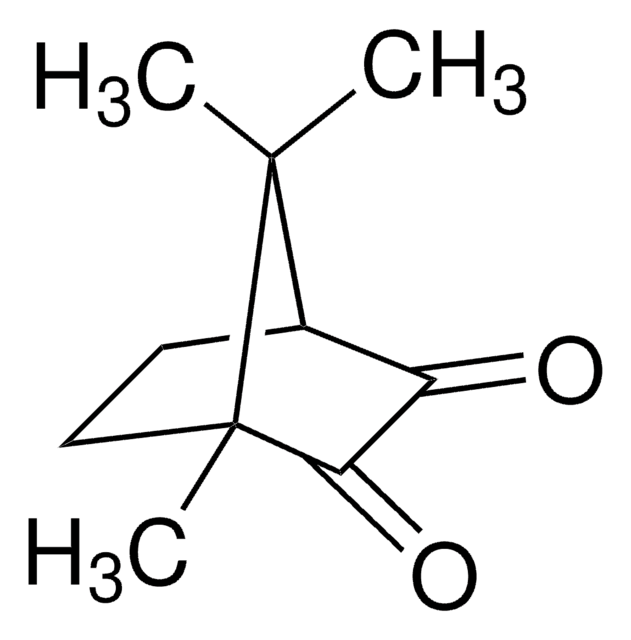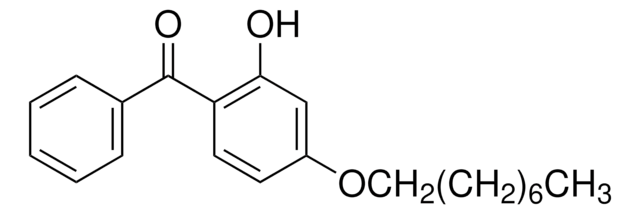Kluczowe dokumenty
759406
Triethylene glycol dimethacrylate
99%, cross-linking reagent polymerization reactions, 200 ppm monomethyl ether hydroquinone as inhibitor
About This Item
Polecane produkty
product name
Triethylene glycol dimethacrylate, contains 200 ppm monomethyl ether hydroquinone as inhibitor, 99%
Poziom jakości
Próba
99%
Postać
liquid
zawiera
200 ppm monomethyl ether hydroquinone as inhibitor
przydatność reakcji
reagent type: cross-linking reagent
reaction type: Polymerization Reactions
współczynnik refrakcji
n20/D 1.461 (lit.)
n/D 1.4613
tw
170-172 °C/5 mmHg (lit.)
gęstość
1.092 g/mL at 25 °C (lit.)
1.074 g/mL
architektura polimerowa
shape: linear
functionality: homobifunctional
temp. przechowywania
2-8°C
ciąg SMILES
CC(=C)C(=O)OCCOCCOCCOC(=O)C(C)=C
InChI
1S/C14H22O6/c1-11(2)13(15)19-9-7-17-5-6-18-8-10-20-14(16)12(3)4/h1,3,5-10H2,2,4H3
Klucz InChI
HWSSEYVMGDIFMH-UHFFFAOYSA-N
Szukasz podobnych produktów? Odwiedź Przewodnik dotyczący porównywania produktów
Opis ogólny
Zastosowanie
- Used as a diluent comonomer in dimethacrylate based dental composites.
- Used as a branching agent in the atom transfer radical polymerization (ATRP) of styrene.
Cechy i korzyści
Hasło ostrzegawcze
Warning
Zwroty wskazujące rodzaj zagrożenia
Zwroty wskazujące środki ostrożności
Klasyfikacja zagrożeń
Skin Sens. 1
Kod klasy składowania
10 - Combustible liquids
Klasa zagrożenia wodnego (WGK)
WGK 1
Temperatura zapłonu (°F)
332.6 °F - closed cup
Temperatura zapłonu (°C)
167 °C - closed cup
Wybierz jedną z najnowszych wersji:
Certyfikaty analizy (CoA)
Nie widzisz odpowiedniej wersji?
Jeśli potrzebujesz konkretnej wersji, możesz wyszukać konkretny certyfikat według numeru partii lub serii.
Masz już ten produkt?
Dokumenty związane z niedawno zakupionymi produktami zostały zamieszczone w Bibliotece dokumentów.
Klienci oglądali również te produkty
Nasz zespół naukowców ma doświadczenie we wszystkich obszarach badań, w tym w naukach przyrodniczych, materiałoznawstwie, syntezie chemicznej, chromatografii, analityce i wielu innych dziedzinach.
Skontaktuj się z zespołem ds. pomocy technicznej











